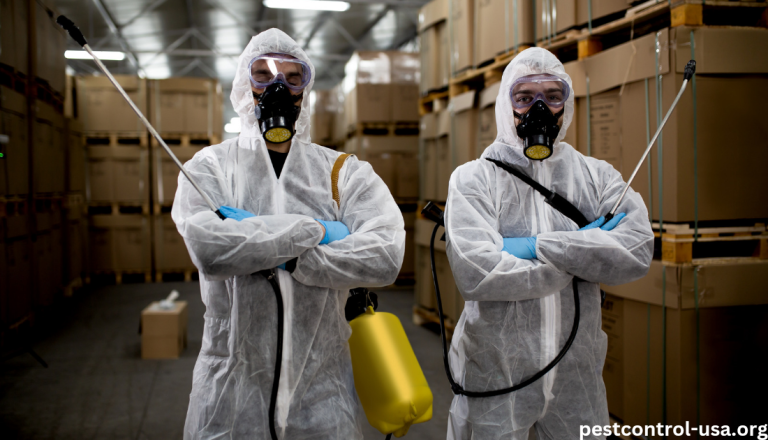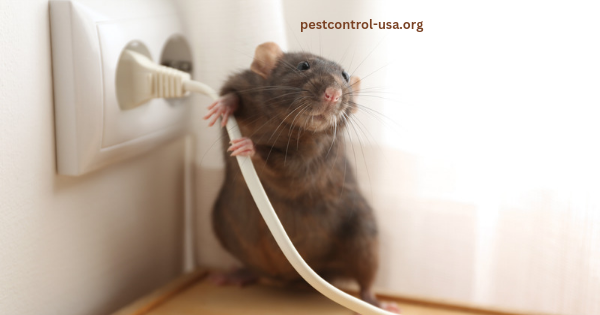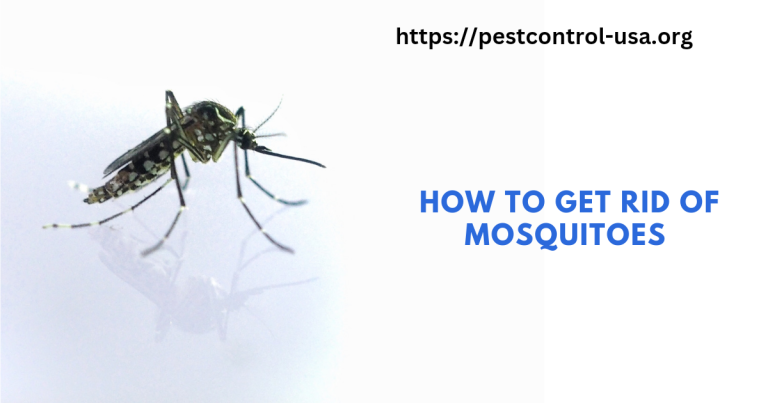The use of ultraviolet (UV) light has the potential to successfully manage mite populations without reducing yields or resorting to toxic pesticides, according to research by scientists at the University of Florida. The findings provide an encouraging technique for farmers, but further investigation is needed to observe the success of this approach in other cropping systems.
In the study, researchers compared the efficacy of four treatment approaches: the use of the insecticide spinetoram, a low-powered application of UV light twice a week, a high-powered application of UV light twice a week, and an untreated control. The results were not consistent across the two-year trial, with most of the field trials showing no effect due to low levels of natural infestation. However, during the second year’s field trial, it was found that high-powered applications of UV light were effective at suppressing mite populations without negatively impacting yield.
The authors of the study also noted that mites have a tendency to develop resistance to insecticidal sprays. “An added advantage is that UV light does not leave any residue behind and can be applied using automated robotic units already in production by commercial sources,” said study author Sriyanka Lahiri.
Overall, the use of UV light as a method of pest control offers a promising alternative to traditional pesticides, with the added benefit of not leaving any residue behind. Further research is needed to determine its effectiveness in other cropping systems and its potential as a sustainable pest management strategy.







